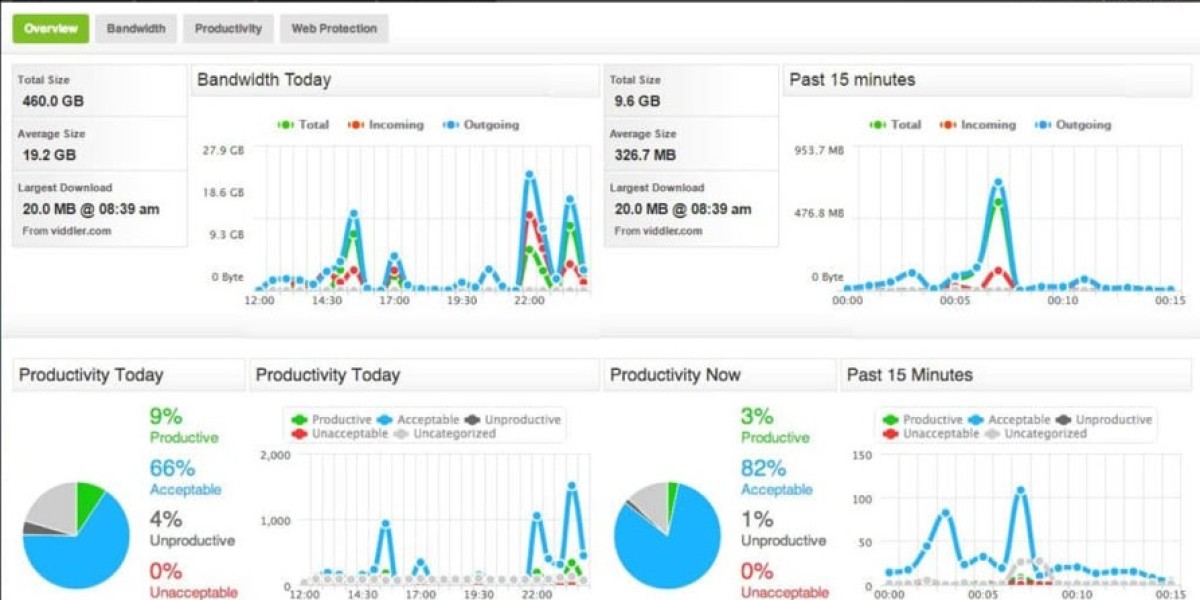Measuring the Return on Investment (ROI) in digital campaigns is crucial for understanding the effectiveness of your marketing efforts. Whether you're running paid ads, content marketing, or email campaigns, it's essential to assess whether the resources you are investing are delivering the expected returns. In this article, we will explore how to measure ROI in digital campaigns and the key metrics that matter.
Why Measuring ROI is Important
Measuring ROI is vital for a variety of reasons:
- Optimizing Budgets: Understanding where your money is being spent and which strategies are yielding the highest returns allows you to allocate your budget effectively.
- Improving Campaign Performance: By measuring ROI, you can identify which areas of your campaigns need improvement and which tactics to scale.
- Justifying Marketing Spend: ROI metrics help demonstrate the value of your marketing efforts to stakeholders and justify ongoing investment in digital campaigns.
- Informed Decision Making: Clear ROI data empowers businesses to make informed decisions about their marketing strategies moving forward.
Key Metrics to Measure ROI
To accurately measure ROI in digital campaigns, you need to focus on specific metrics that align with your business goals. Here are some key metrics to keep an eye on:
- Cost Per Acquisition (CPA)
Cost Per Acquisition refers to the amount spent on a digital campaign divided by the number of conversions (sales, leads, etc.). It’s an essential metric that tells you how much you're spending to acquire a new customer. The lower your CPA, the better your campaign is performing in terms of ROI.
Formula:
CPA = Total Campaign Spend ÷ Number of Conversions
- Customer Lifetime Value (CLV)
Customer Lifetime Value measures how much revenue a customer will generate over their relationship with your business. A high CLV indicates that your digital campaign is attracting valuable customers, making the campaign more profitable in the long run. Comparing CLV with CPA helps determine the overall profitability of your marketing efforts.
Formula:
CLV = Average Value of Sale × Number of Repeat Transactions × Average Retention Time
- Conversion Rate
Conversion rate is the percentage of visitors who take a desired action, such as making a purchase or filling out a contact form. A higher conversion rate means your campaign is effectively turning prospects into customers. This metric directly impacts your ROI.
Formula:
Conversion Rate = (Number of Conversions ÷ Total Visitors) × 100
- Revenue Growth
Revenue growth is a direct indicator of ROI, particularly in sales-focused campaigns. Tracking revenue from digital campaigns allows you to assess the overall impact of your marketing efforts. Compare revenue during the campaign with the baseline to determine the success of the campaign in generating sales.
Formula:
Revenue Growth = (Revenue after Campaign - Revenue before Campaign) ÷ Revenue before Campaign × 100
- Return on Ad Spend (ROAS)
Return on Ad Spend measures the revenue generated for every dollar spent on advertising. This metric is critical for paid digital campaigns, as it provides insight into the direct revenue return from advertising efforts.
Formula:
ROAS = Revenue from Ads ÷ Cost of Ads
- Engagement Rate
Engagement rate is a valuable metric for social media campaigns. It measures the level of interaction with your content, including likes, comments, shares, and other forms of engagement. A high engagement rate indicates that your content is resonating with your audience, which can lead to conversions in the long term.
Formula:
Engagement Rate = (Total Engagements ÷ Total Impressions or Reach) × 100
Tools for Measuring ROI
To effectively track and measure ROI in digital campaigns, you need the right tools. Here are some tools that can help:
- Google Analytics: Provides detailed insights into website traffic, conversions, and revenue from digital campaigns.
- Social Media Analytics: Most social platforms, like Facebook and Instagram, provide in-depth analytics to track engagement, reach, and conversions.
- CRM Systems: Customer Relationship Management systems help track the customer journey, sales, and retention, aiding in ROI measurement.
- Ad Platforms: Platforms like Google Ads, Facebook Ads, and LinkedIn Ads provide detailed ROI metrics, such as ROAS, CPA, and conversion rates.
Best Practices for Measuring ROI
To ensure you are measuring ROI effectively, consider these best practices:
- Set Clear Goals: Before launching any campaign, define specific, measurable goals to gauge ROI. This could be increasing sales, generating leads, or improving brand awareness.
- Track All Relevant Metrics: Don't just focus on one metric. Track a combination of metrics, such as CPA, ROAS, and CLV, to get a holistic view of your campaign's performance.
- Use Attribution Models: Implement an attribution model to understand how different touchpoints in the customer journey contribute to conversions.
- Regularly Optimize Campaigns: Continuously monitor your campaigns and make data-driven adjustments to improve performance and maximize ROI.
Conclusion
Measuring ROI is an essential aspect of running successful digital campaigns. By focusing on key metrics like CPA, CLV, conversion rates, and ROAS, you can determine the effectiveness of your efforts and make informed decisions moving forward. With the right tools and strategies, you can ensure that your digital campaigns deliver the results you want and provide a high return on investment.
For businesses looking to optimize their digital strategies, working with a Cary NC Digital Marketing Agency can provide the expertise and support you need to maximize ROI across your campaigns.



